Understanding U.S. Tariff Implications and Economic Challenges
In a recent dialogue, Ross Douthat engaged with Oren Cass, founder of American Compass, to examine the upheaval in the U.S. economy prompted by recent tariff policies implemented by former President Donald Trump. With an immediate sledgehammer effect on global markets, the tariffs have spurred widespread concern about rising economic uncertainty and potential recessions.
The Context of Current Economic Dynamics
The conversation begins with a critical look at economic narratives surrounding Trump’s presidency. Many perceived his entry into office as fortuitous, having inherited a strong economy characterized by low unemployment and rising stock markets. However, Cass urges a deeper examination, suggesting that this perception overlooks the long-standing issues affecting working-class families and overall economic health. He emphasizes the decay in living standards for many, despite surface-level gains in GDP and household incomes.
Shifts in the Manufacturing Landscape
One key point of contention is the loss of manufacturing jobs in the U.S. Cass highlights that while the overall manufacturing output may remain stable, the jobs that once defined American industry have drastically diminished, particularly after events like the enactment of NAFTA and China’s entry into the World Trade Organization. This deindustrialization has profound implications for communities reliant on these jobs.
The Impact of Automation
As manufacturing evolves with advancements in automation and AI, the nature and demand for jobs in the sector are shifting. The concern arises whether future manufacturing roles will cater to unskilled workers previously reliant on blue-collar jobs. Cass acknowledges that while there may be high-skilled positions available, bridging the gap for those left behind by past economic trends remains a significant challenge.
Exploring Tariff Policies and Their Implications
The discussion moves to the controversial tariffs themselves. While intended to support reindustrialization, critics argue that these measures could lead to increased prices and reduced economic growth. Cass supports a strategic approach to tariffs, advocating for a 10% global tariff that could effectively reshape trade dynamics without imposing unsustainable constraints on the economy.
Balancing Growth and Security
In defining the rationale behind tariffs, Cass aligns them with national security imperatives. He highlights the need for the U.S. to maintain a robust manufacturing base, vital not only for economic health but also to support its defense capabilities.
Revenue Generation and Economic Strategy
Besides industrial policy, tariffs could also serve as essential revenue-generating tools to tackle the nation’s deficit. Cass argues that a permanent tariff structure could provide a stable revenue stream, thereby alleviating some fiscal pressures without prompting drastic policy changes each time a deficit arises.
Challenges Facing Future Economic Policies
While Cass acknowledges the potential benefits of tariffs, he stresses the need for thoughtful implementation and clear communication of goals to regain market trust. A gradual implementation of tariffs would allow companies to adjust while maintaining economic stability. The implementation of policies should reflect a commitment to restoring a diversified industrial base while recognizing the systemic challenges in reversing decades of economic trends.
Political Implications and Moving Forward
Finally, as the conversation wraps up, the notion that these tariff policies could lead to dire economic outcomes presents a clear concern. If they result in lingering market disarray and political backlash, there exists a risk that future administrations may dismantle these efforts, further complicating the trajectory toward a reindustrialized economy.
Overall, this insightful exchange between Douthat and Cass emphasizes the multifaceted nature of economic policies in contemporary America and the urgent need to address the implications of globalization, tariffs, and the evolving job market.


